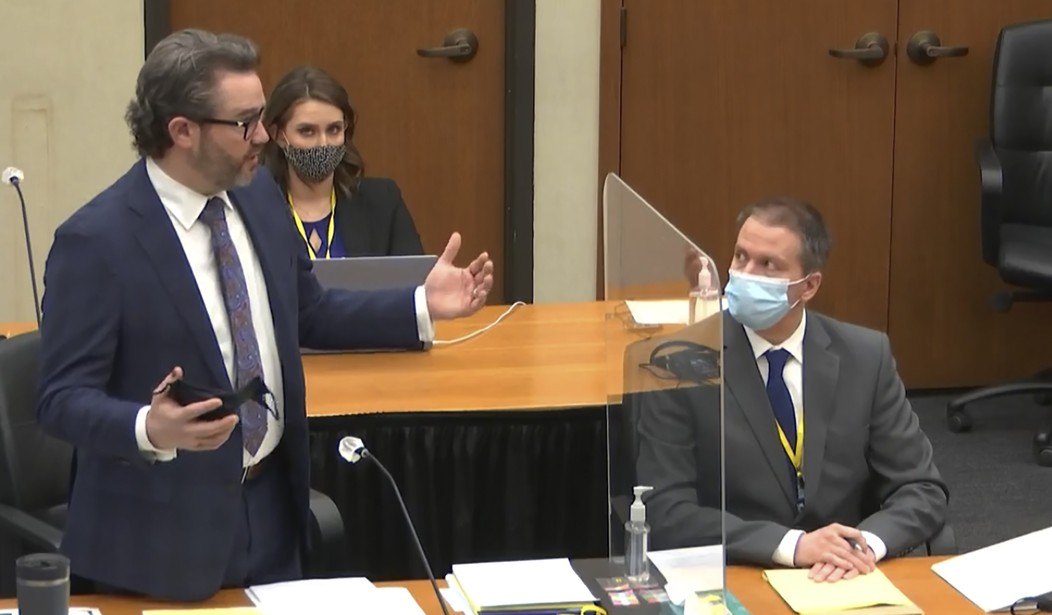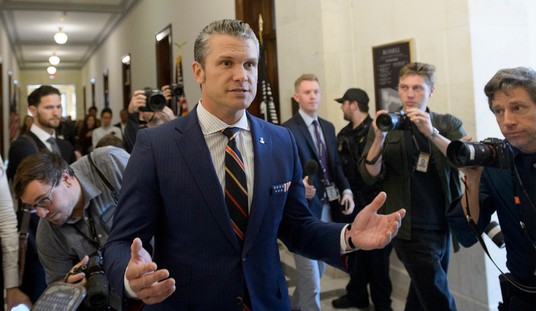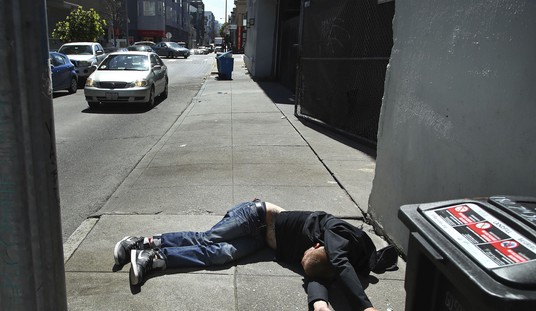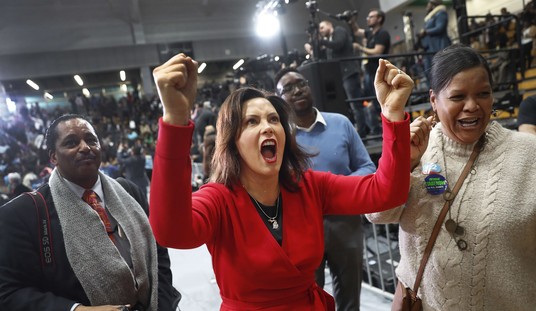The presentation of evidence in the Derek Chauvin murder trial ended on Thursday after the prosecution called a single rebuttal witness — which might have been one witness too many, as I pointed out in this story that turned out to be very popular with readers.
Before dismissing the jurors for the day, Judge Cahill advised them to return to Court on Monday prepared to be sequestered in a hotel during the period of their deliberations. On Monday the jury will hear closing arguments from both sides and will be instructed on the law by Judge Cahill as it applies to the facts of the case.
So, where does the case stand? What is the jury likely to decide?
As I tell all my clients before and during the course of a jury trial, there is no meaningful way I have found in nearly 35 years of trying cases to predict what a jury will do after deliberating as a group. When I first started practicing law, it was generally permitted for the attorneys in the case to meet with jurors after their verdict and they were dismissed by Court. That gave me a chance to ask questions and get answers about how the jurors viewed the evidence and came to their decisions. I had one case that lasted nearly three months, and after the verdict, I spent nearly six hours – we sent out for pizza – with the jurors because they had as many questions for me as I had for them. However, the more recent trend is that Courts have prohibited these kinds of contacts after the conclusion of the case unless expressly authorized by the Court in advance of such meetings.
But when I could talk with jurors after a case, what I learned first and foremost was that the group dynamic often led them to consider particular pieces of evidence or particular aspects of the case in ways that I did not predict and that were genuinely surprising to me.
Both sides in a trial often live for years in their minds with their “narrative” of what the evidence in the case shows.
Jurors, on the other hand, come into the courtroom – normally – not knowing anything about the evidence. While the attorneys and the parties have 1) lived through the events in question, and 2) analyzed and re-analyzed the events over and over again over a long period of time leading to the trial by studying the evidence and talking to the witnesses, the jurors have none of that when they see the evidence and hear the witnesses for the first time. On some issues they may hear from only one witness, only one time, and later there is a “What did that person say?” dynamic in their deliberations. Sometimes misimpressions that take hold early in a case last throughout because the attorneys are not aware, and the issue never gets addressed a second time by other witnesses. One or more jurors then carry that misimpression into deliberations where it either spreads or is corrected – but the parties are unaware that is the case.
Oftentimes I would hear that one or two jurors had joined together to try to persuade the large group of something they thought they heard or saw that was contrary to what the other 10 jurors thought they heard or saw. These types of small disputes had to be resolved before the group could continue forward on other issues; they couldn’t just “agree to disagree.” And oftentimes these small disputes were the result of different jurors drawing a different conclusion from a small slice of the evidence, adopting it as their point of view, while the larger case rolled on. Then when it came time to deliberate the individual jurors found that there was more than one such point of view on what might have seemed to all of them like a minor point at the time.
I’ll have another article over the weekend that takes a more deliberate review of the material issues raised by each side – not so much in the presentation of evidence during each sides’ direction examination of its own witnesses, but rather a review of what each side was able to accomplish during the cross-examination of the other side’s witnesses.
As a purely academic matter, I’m certain I will come out with a view that Chauvin’s attorney did far more than should be necessary to establish “reasonable doubt” as to all the charged offenses.
If this was a case tried in a federal court, at least half the evidence presented by the prosecution would have never been allowed, and I’ll go through some of that.
If Chauvin is convicted – which I predict he will be on at least the manslaughter charge – I’m quite confident his conviction will eventually be overturned by a federal court of appeals. The process for him to get to that point will be long and complicated. But, in my opinion, there are simply far too many aspects of the trial process that have been imposed on him, both by the prosecution and by the Judge, which have fatally undermined his right to due process under the Fifth Amendment and his right to a “fair trial” under the Sixth Amendment.
It may ultimately be that the practical reality of the day is that a “fair trial” by standards long prescribed by the United States Supreme Court was not possible in Minnesota in 2021 given the events of the past 11 months. That doesn’t mean that Chauvin’s right to due process and fair trial are to be measured against a “That’s the best we could do” standard.
I continue to have the idea planted in my head that some of what Judge Cahill has done in this proceeding has been something akin to “Kabuki Theater”; he’s gone through the motions of conducting a criminal trial in the best manner he can accomplish given the circumstances. He’s going to pass off the results – if there is a conviction – to a panel of appellate judges and let them provide an answer to the question of whether it has been a constitutionally guaranteed “fair trial” or not.
Judge Cahill had the option of moving the trial out of Hennepin County to some other location in Minnesota. He chose to not do so, and I have yet to see a definitive written ruling that went into significant detail on his analysis about how and why a “fair trial” was possible in Hennepin County. The only explanation I have seen him provide — and I wasn’t able to pay full attention as the trial process got underway — was that he was unpersuaded that any other county in Minnesota would be better able to provide a trial venue fairer to Chauvin than Hennepin County. I find that rationale laughable.
At the same time, everyone recognized that the sentiment in the activist community was that the trial had to take place in Hennepin County because it is the most racially diverse county in Minnesota, and the chances of having black jurors sit in judgment of Chauvin was higher in Hennepin County than any other county in Minnesota, most of which have negligible minority populations.
That shouldn’t be any factor at all, and the promise of having a higher likelihood of having black jurors in the case — presumably improving the chances of convicting Chauvin notwithstanding the fact that he’s entitled to the presumption of innocence just like anyone else — is antithetical to the notion of “justice.” The judicial system provides for a fair trial for both the accused and the prosecution. “Justice” is in the process of reaching a verdict. “Justice” does not come from decisions to improve the chances for a conviction. Criminal cases are purposely styled as “Minnesota v. Chauvin” or “United States v. John Doe” and not “George Floyd v. Derek Chauvin.” The justice system doesn’t “vindicate” the victim of the crime. The justice system vindicates the rule of law. Circumstances that afford an accused a fair trial, while at the same time degrading the prospects for a conviction are not a basis to render an objection. The right of the accused to due process and a fair trial before the government can incarcerate you are paramount because they are “liberty” interests. The government is seeking to deprive an individual of their liberty. The government must respect and abide by all the requirements that guarantee due process and a fair trial.
“That’s the best we could do” is not good enough.
But that is all that Minnesota has provided.













Join the conversation as a VIP Member